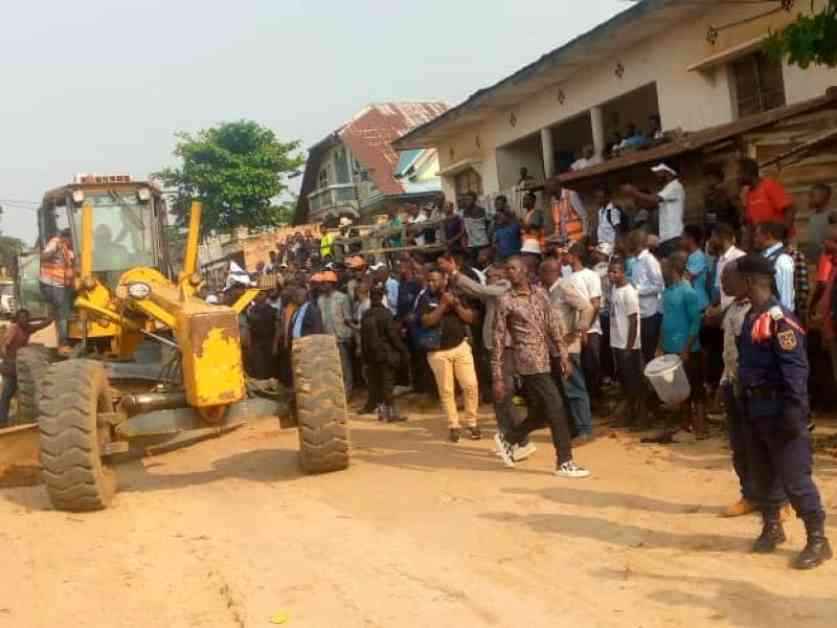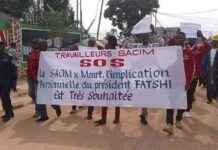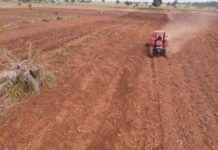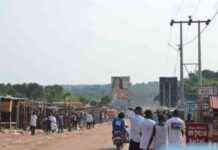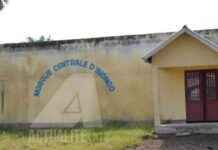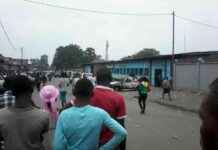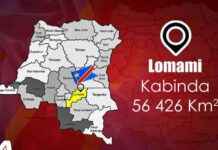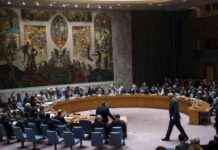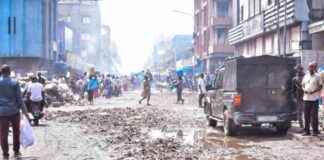The rehabilitation of National Road No. 7 (RN7) on the Kisangani-Otala-Opala section, which commenced in late September 2024, has come to an unexpected standstill, as reported by Opala’s territorial administrator, Médard Elonge. Just a month after the project’s initiation, progress on the road has ceased, with work halting at kilometer point 16 in the urban-rural commune of Lubunga, he observed. On Wednesday, March 12, he made his way to Kisangani on a public service mission. “We arrived, but it was a struggle, a real struggle,” he recounts. The road stretches all the way to Kinshasa, passing through Tshuapa, and has languished in an impassable state for over twenty years. “The road has been completely forgotten. It’s been about twenty years since anything has been done. It’s like a mere footpath,” he laments. Spanning 309 kilometers, the rehabilitation project was slated to span three years at a cost of twelve million dollars. However, as all progress grinds to a halt, the hopes of connectivity and development fade away. “Not everyone lives by the river. How can we transport agricultural products to consumption centers? The isolation continues,” Elonge asserts. He implores the authorities to honor their initial commitment, emphasizing the vital importance of reconnecting Opala. The Opala territory is renowned for the rice it supplies to Kisangani, the Greater Orientale region, North Kivu, Tshuapa, and Kinshasa. “There are boats available, but their dilapidated condition poses a risk, with no guarantees,” the administrator points out, highlighting the need for strict regulations in navigation. In the midst of this infrastructure setback, the community’s livelihoods and economic prospects hang in the balance.
Challenges and Consequences of the Halted Rehabilitation
The sudden pause in the rehabilitation of the RN7 presents a myriad of challenges and consequences for the residents of Opala and the surrounding regions. With the road remaining in a decrepit state for over two decades, the lack of progress exacerbates the existing isolation and hampers essential transport of goods and services. The consequences of this standstill extend beyond the inconvenience of travel; they directly impact the economic viability of the area, hindering trade and commerce that are vital for sustenance and growth.
Hope for Resuming Development and Connectivity
Amidst the frustration and disappointment caused by the abrupt halt in the rehabilitation project, there remains a glimmer of hope for the community of Opala. As residents and stakeholders rally for the authorities to honor their commitments and prioritize the completion of the roadworks, there is a shared determination to overcome the current obstacles and revitalize the prospects for development and connectivity. The resilience and spirit of unity displayed in the face of adversity serve as a beacon of hope for a brighter future, where Opala can once again thrive as a hub of economic activity and cultural exchange, supported by reliable infrastructure and connectivity.
